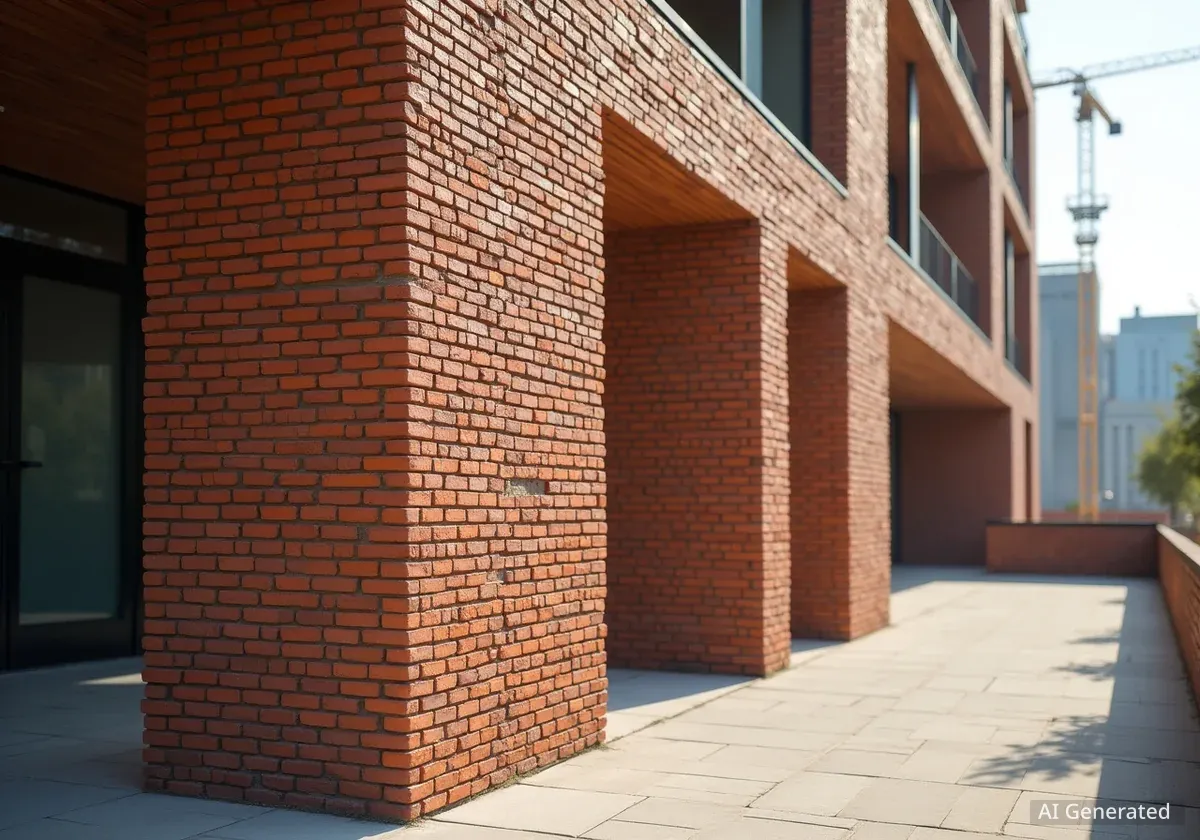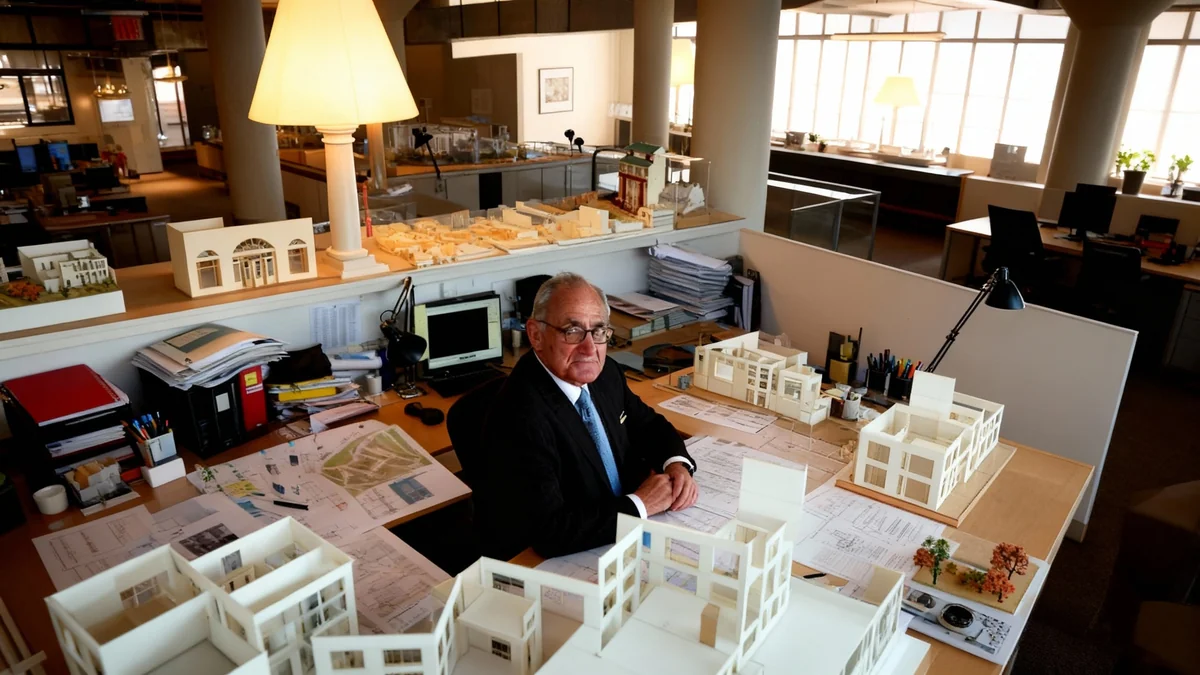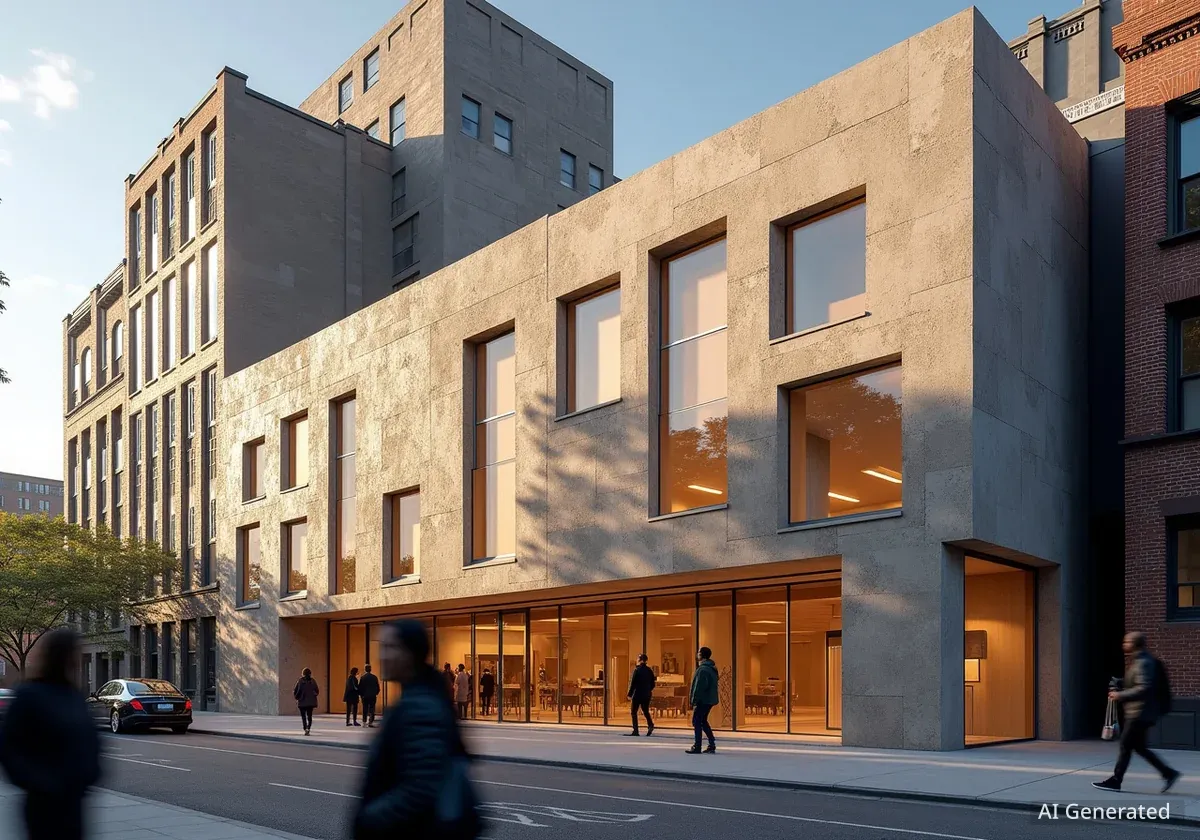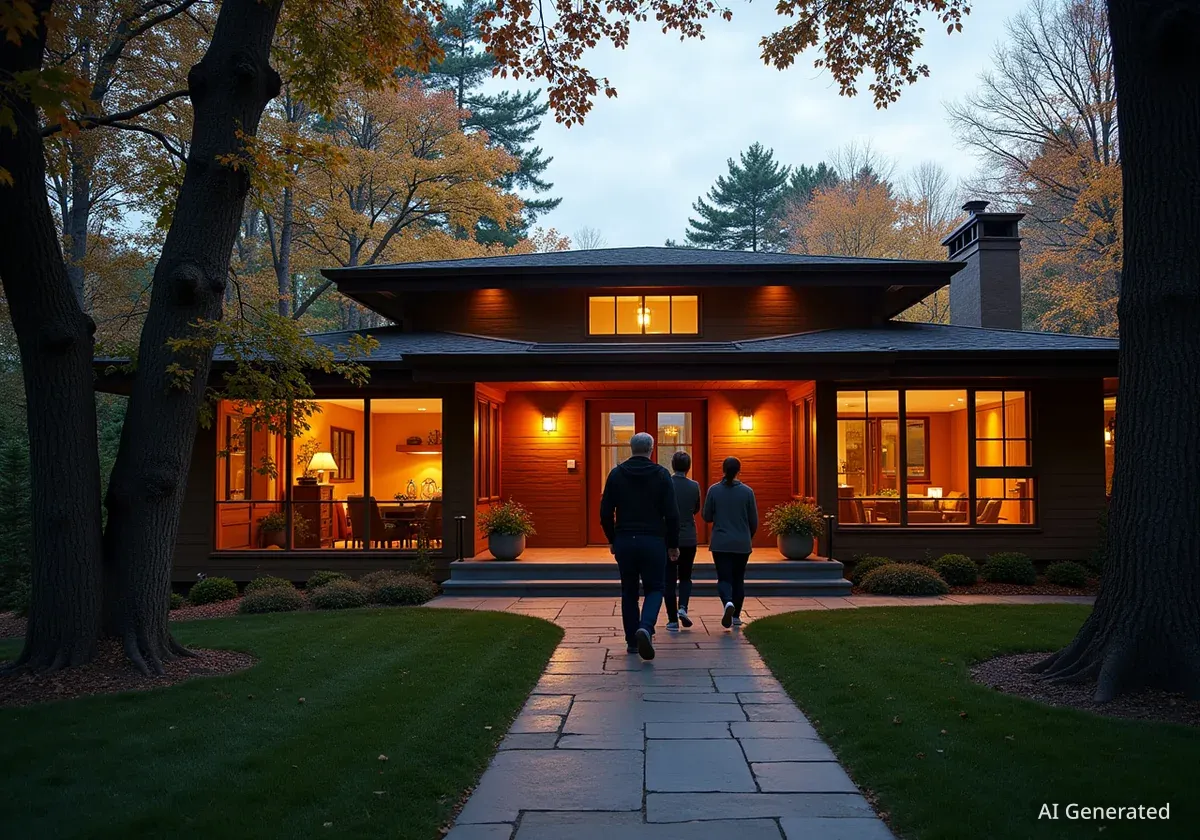The international shortlist for the BRICK AWARD 26 has been officially announced, featuring 50 architectural projects from 21 different countries. Selected from a pool of 849 submissions, these buildings highlight innovative and excellent uses of brick in contemporary design. The biennial award, organized by Wienerberger, will culminate in a ceremony in Vienna on June 11, 2026.
Key Takeaways
- The BRICK AWARD 26 has shortlisted 50 projects from an initial 849 submissions worldwide.
- The selected projects represent 21 countries across five continents, showcasing the global use of brick.
- An independent jury of architects will select winners across five distinct categories.
- The winners will be announced at an awards ceremony in Vienna, Austria, on June 11, 2026.
Global Recognition for Brick Architecture
The BRICK AWARD, first established in 2004, has become a significant international prize celebrating creative and forward-thinking brick architecture. Presented every two years, the award recognizes projects that demonstrate excellence in craftsmanship, sustainability, and design. Although hosted by Wienerberger, a leading provider of building materials, the judging process is entirely independent to ensure that selections are based purely on architectural merit.
The 2026 shortlist was determined by an international jury of distinguished architects, including Gabriela Carrillo, Christine Conix, Jens Linnet, Traudy Pelzel, and Eduardo Mediero. Their selections span five specific categories: 'Feeling at home' for residential projects, 'Living together' for urban housing, 'Working together' for commercial buildings, 'Sharing public spaces' for civic structures, and 'Building outside the box' for experimental designs.
About the Organizer
Wienerberger is the world's largest producer of bricks and a market leader in clay roof tiles in Europe. With over 20,000 employees and more than 200 production sites, the company supports the BRICK AWARD to promote architecture that is both innovative and rooted in material tradition.
Highlights from Asia and the Middle East
The shortlist features several notable projects from Asia. In China, the UCCA Clay Museum in Yixing, designed by Kengo Kuma and Associates, stands out with its distinctive roof composed of 3,600 handmade ceramic tiles. The design's peaks are intended to mirror the nearby Shushan mountain.
Another Chinese project is the Tianjin Zhongshuge bookstore by X+ Living Architecture, which uses custom bricks and ironwork to create a unique, wave-like interior. In Dhaka, Bangladesh, the Aga Khan Academy, designed by Shatotto and FCB, consists of brick-clad buildings arranged around green spaces, offering a contrast to its dense urban surroundings.
India is represented by the Metallic Bellows factory office in Chennai, a project by KSM Architecture. Inspired by local brick kilns, the design minimizes concrete use to reduce CO2 emissions and features a traditional jack arch system that gives the brickwork a light appearance.
From the Middle East, the Shafagh Tomb in Ardakan, Iran, by 35-51 Architecture Office, redefines a traditionally private space. Its inverted dome and flowing inscriptions serve as a public monument, acting as a gateway to the local cemetery.
European Innovation and Adaptation
European entries showcase both technological advancement and thoughtful reuse of materials. In Amsterdam, Studio RAP's Ceramic House features a facade made entirely of 3D-printed ceramic tiles, creating a wave-like effect on a historic shopping street.
In Germany, the Leipzig Cogeneration Plant utilizes glazed clay panels for its facade, demonstrating the use of brick materials on a large industrial scale. A different approach was taken for the Slovenian National Theatre in Ljubljana, where Vidic Grohar Arhitekti transformed an industrial hall using recycled and reusable materials, including visible clay blocks painted silver.
Adapting Brutalism in the UK
The Park Hill project in Sheffield, UK, by Mikhail Riches Architects, involved the revitalization of a Brutalist housing estate. The original board-marked concrete was infilled with fine-grain brickwork, and the colors of the balconies were selected to complement the tones of the new bricks.
This focus on adaptive reuse highlights a growing trend in sustainable architecture, where existing structures are reimagined rather than demolished.
Projects Across the Americas and Africa
The shortlist's global reach extends to the Americas and Africa. In Brazil, the White Bricks House by Bloco Arquitetos was constructed using artisanal methods. The solid bricks were painted white, and their spacing was varied to control levels of openness and privacy throughout the home.
A tequila facility in Mexico, the Clase Azul La Hacienda Jalisco, used local ceramics and stone excavated from the site to connect the buildings to their volcanic landscape. In the United States, 64 University Place in New York's Greenwich Village, designed by Kohn Pedersen Fox Architects, is an 11-story residential building with a hand-laid brick masonry facade and arched windows that reference the neighborhood's historic character.
"The design blends historic references from the surrounding neighbourhood with contemporary details. The brick facade showcases skilled craftsmanship, relying both on expert bricklayers and thoughtful detailing."
In Cape Town, South Africa, the Mountain House by Chris van Niekerk is situated on the slopes of Steenberg Ridge. The design employs a simple palette of materials that reflect the colors and textures of the earth, allowing the structure to blend into its semi-rural environment.
Diversity in Material Application
One of the key themes of the BRICK AWARD 26 shortlist is the versatility of brick. Projects demonstrate how this traditional material can be adapted for contemporary needs, from high-tech applications to artisanal constructions.
The Melbourne Holocaust Museum in Australia, designed by KTA, is a powerful example. Its facade incorporates an estimated 25,000 bricks, combining clay bricks with Poesia glass bricks. Arranged in a 'hit and miss' pattern, the design balances security with transparency, creating a building that serves as a symbol of remembrance.
- High-Tech: 3D-printed ceramic tiles in Amsterdam.
- Artisanal: Hand-laid white bricks in Brazil.
- Sustainable: Recycled clay blocks in Slovenia.
- Symbolic: Mixed clay and glass bricks in Australia.
These diverse applications underscore the enduring relevance of brick in global architecture. The final winners, to be announced in 2026, will further highlight the projects that best exemplify innovation, sustainability, and design excellence in the field.




